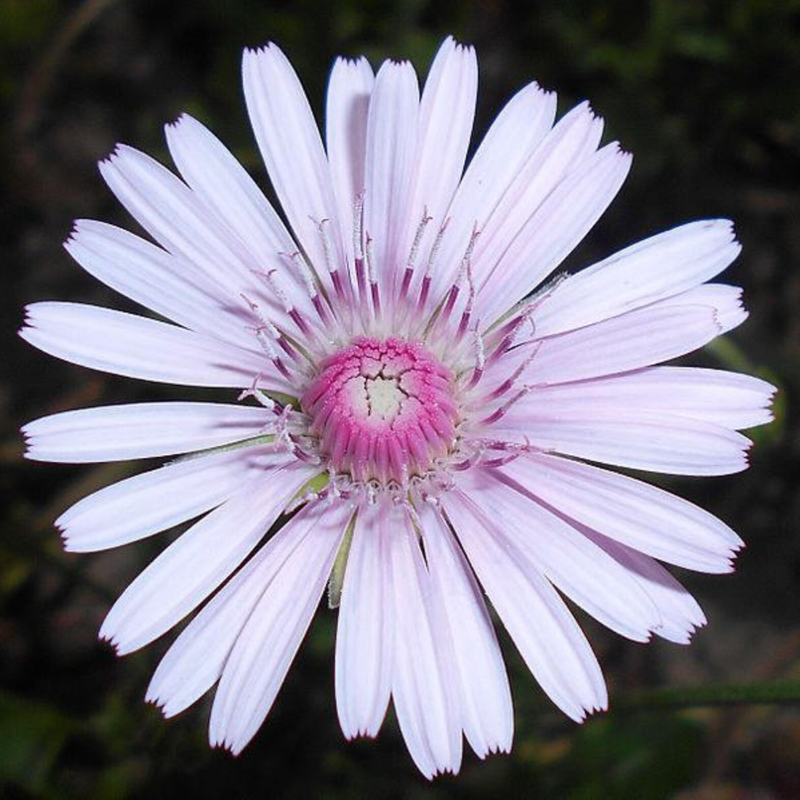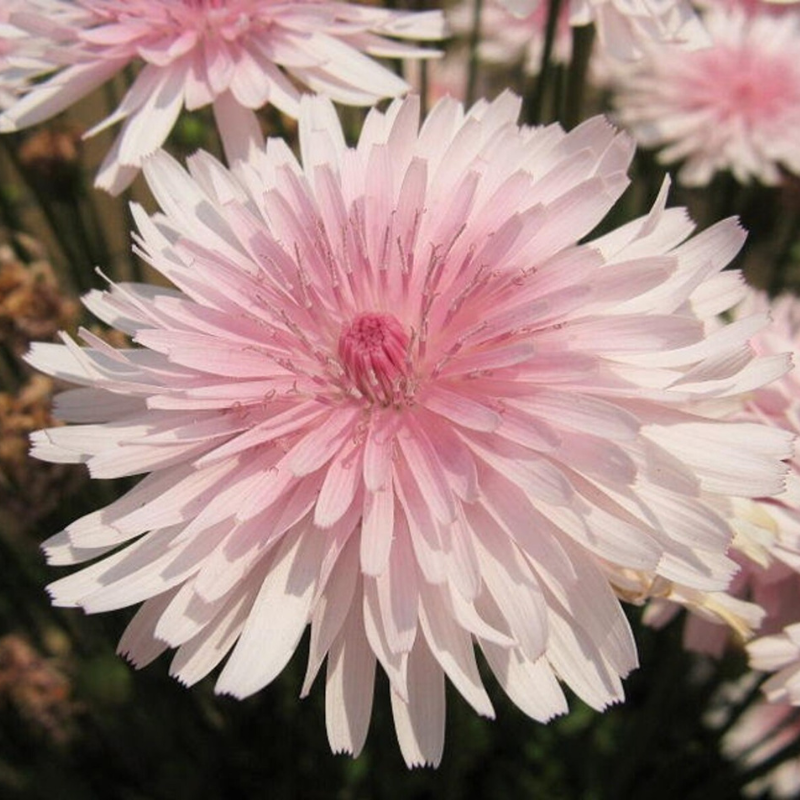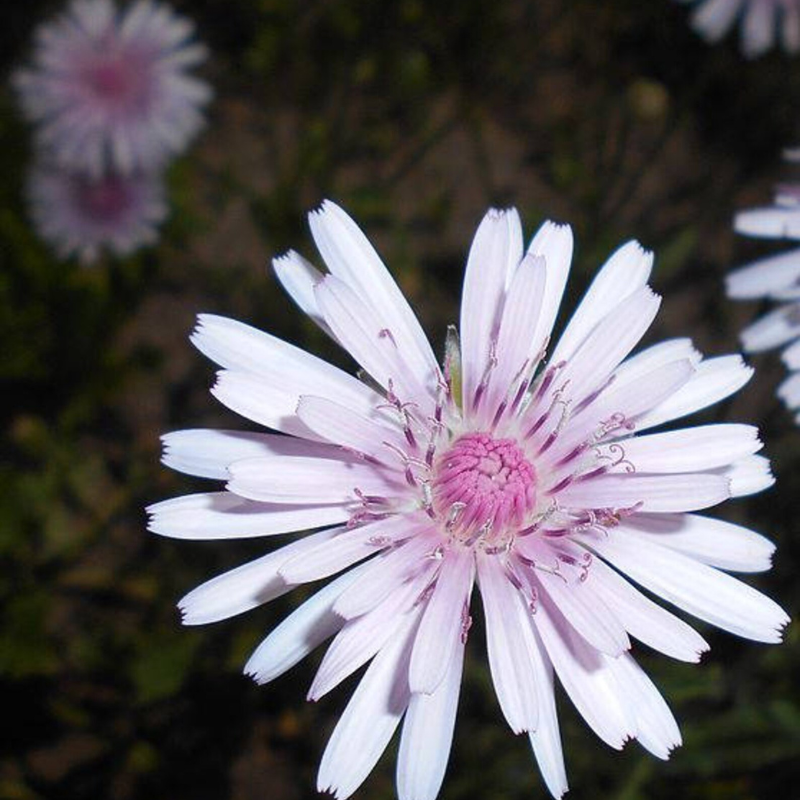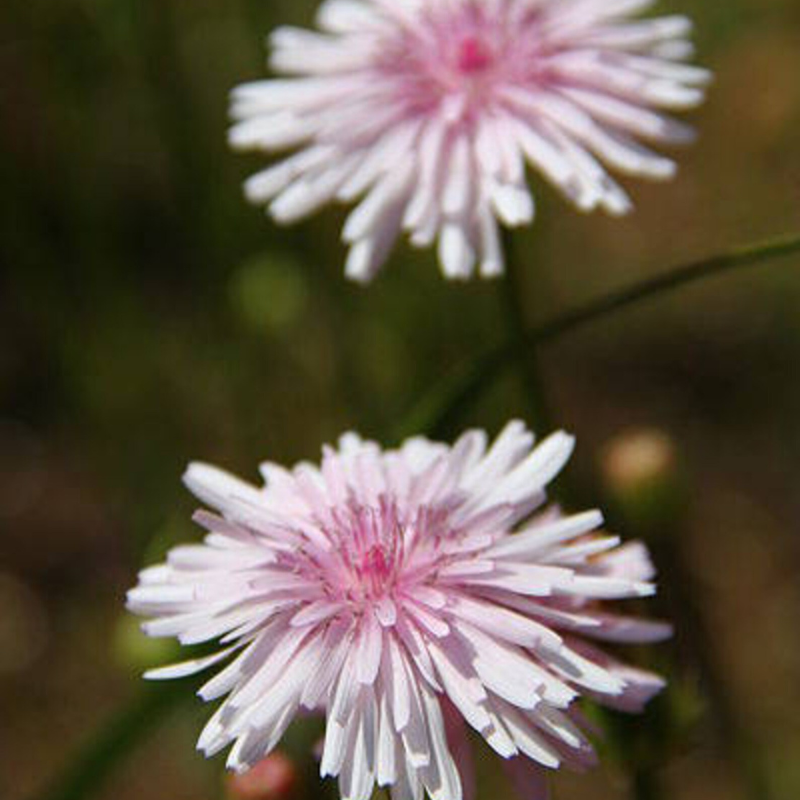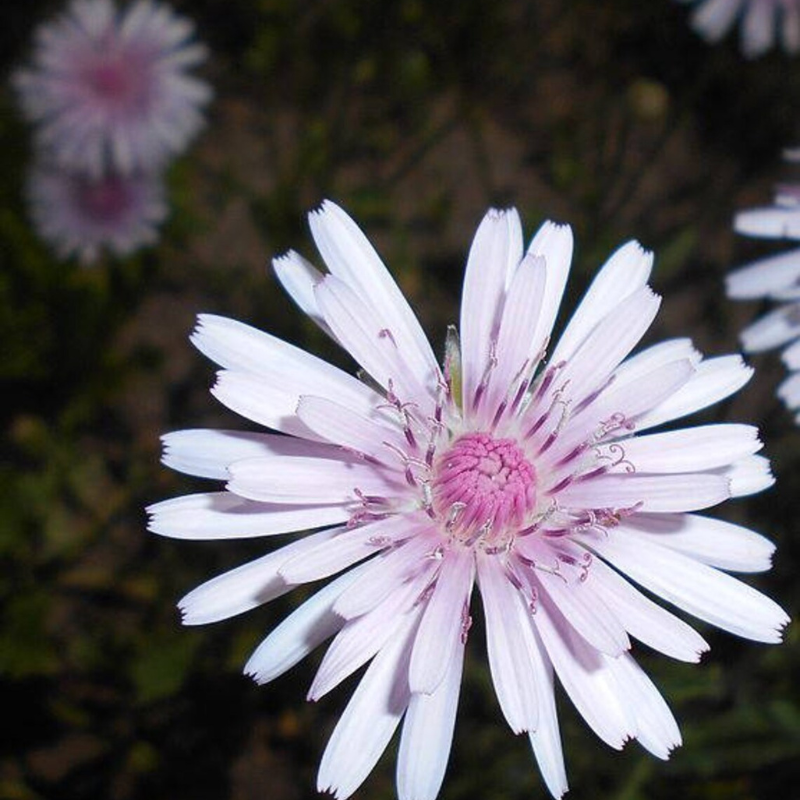- Historical context: Hawksbeard, scientifically known as Crepis, is a genus of annual and perennial flowering plants in the daisy family (Asteraceae). The name 'Hawksbeard' is derived from the shape of the seed, which resembles a hawk's beak.
- Geographical origination: Hawksbeard is native to the temperate regions of the Northern Hemisphere, with a few species in Africa and South America.
- Relevant cultural significance: In some cultures, Hawksbeard is considered a symbol of protection and strength due to its resilient nature.
- Time period of discovery: The exact time period of discovery is not known, but it has been documented in botanical literature for centuries.
- Original habitat: Hawksbeard is typically found in meadows, fields, and along roadsides.
- Notable historical uses: Historically, some species of Hawksbeard were used for medicinal purposes, particularly in traditional European herbal medicine.
- Ideal temperature range: Hawksbeard prefers a temperate climate, but can tolerate a wide range of temperatures.
- Soil type: It grows best in well-drained soil, but can adapt to various soil types, including sandy, loamy, and clay soils.
- Sunlight requirements: Hawksbeard requires full sun to partial shade.
- Watering needs: It has moderate watering needs, but can tolerate periods of drought.
- Planting season: The best time to plant Hawksbeard seeds is in the spring.
- Germination time: Seeds typically germinate in 2-3 weeks.
- Growth cycle duration: Hawksbeard flowers bloom from late spring to early fall.
- Common pests and diseases: Hawksbeard is generally pest-resistant, but can be affected by common garden pests like aphids and slugs. It can also be susceptible to fungal diseases in wet conditions.
- Companion planting advice: Hawksbeard can be planted with other meadow flowers and grasses.
- Common challenges and solutions: Overwatering can lead to root rot. Ensure proper drainage to prevent this.
- Nutritional values: While not typically consumed for its nutritional value, Hawksbeard is edible and contains vitamins and minerals.
- Health benefits: In traditional medicine, Hawksbeard was used to treat digestive disorders and skin conditions.
- Culinary uses: The leaves of some Hawksbeard species can be used in salads.
- Medicinal uses: Historically, Hawksbeard was used in herbal medicine for its anti-inflammatory and diuretic properties.
- Other unique advantages: Hawksbeard is a hardy plant that can thrive in various conditions, making it a good choice for beginner gardeners. Its bright yellow flowers also attract pollinators like bees and butterflies.
